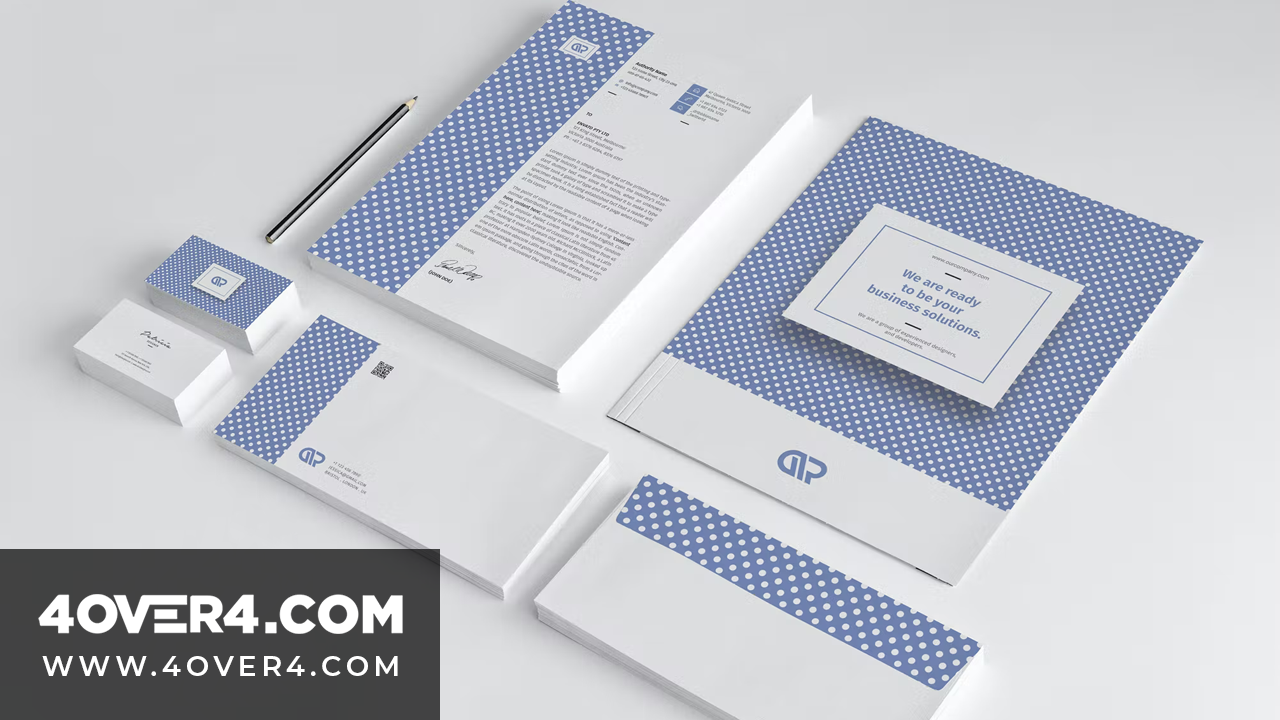You put painstaking hours into your design, going over and over every last detail. Spent what seemed like days coming up with powerful sales copy. So why would you just send files off to the printer’s without confirming that they are printer ready? Take some time to review your files in order to avoid costly redos before sending your projects off for professional printing. Let’s go over some common printing mistakes people make: 1. English 101. Put your years of English classes to good use and remember to proofread your work before you send it off to the printer. Although it may seem obvious, check your spelling and have a colleague or friend go over it as well. You also want to make sure that your contact information is correct.

2. Steer clear of RGB. RGB (Red-Green-Blue) may look fantastic on your computer screen, but it’s not the right choice for print design. RGB is the color scheme associated with electronic displays like monitors and digital cameras but often times there will be noticeable differences in shades of color when used for printing. To avoid any problems, always convert your graphics to CMYK (cyan, magenta, yellow and black) for the best results. 3. Low resolution images. You’ve selected some really great images for your brochure, postcard or flyers. What you see on screen is not always what you get on print. To ensure that your images are just as clear and crisp on paper always make sure that they are set to at least 300 dpi (dots per inch). Anything less than this will result in blurry images. 4. Choosing an image file format. Choosing the right image file format is critical for your professional printing. PNG files are not intended for professional printing and will result in a blurry image. Bottom line PNG looks great on screen, but not on print. JPG files are more suitable for printing when they are saved at a very high quality. Tiff is also a preferred choice among professionals when they need images to go to print. Tiff retains the crisp quality and vibrant colors of the original image. 5. Factor in the “Bleed”. Whatever you do, before you send your work off to the printer always factor in the “bleed”. Add a 1/8” bleed area on all four sides of your design and make sure that all text is positioned inside the live area. Anything outside this area will be cut off during the trimming process.
Yes! No!
6. Rich black? Plain Black? When it comes to print design, there is more to black than meets the eye. For images that require a crisp black color, rich black is the preferred choice. Rich black is a combination of CMYK colors while plain black is strictly 100% black. For printing projects that contain a lot of copy, plain black is always used. Remember to not use plain black for your images because it tends to print as grey. 7. Fonts. After spending so much time searching for a font, remember to embed it in your PDF because the printing firm you use may not have the exact same font in their system. After all, you worked so hard and you want your copy to look just as you intended. 8. Ask your printer! Seek the advice of professionals. Before you set out on your important design for print project, call your printer and ask them how they would like the files set up for printing. This step will make everyone’s life easier and save time and money in the process. Sometimes knowing what not to do is the most important job of all in any undertaking. This helpful checklist can be your weapon against costly mistakes and countless hours wasted. Don’t let your good design go bad! Have additional “what not to do” advice, please let us know below! Image courtesy of Salvatore Vuono / FreeDigitalPhotos.net
